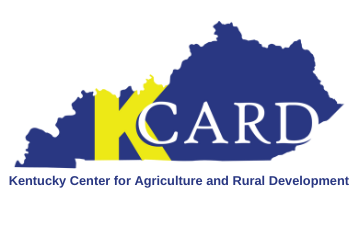Are you curious about incorporating a UPC barcode (Universal Product Code) on your food or farm product? UPC barcodes are commonly used on a variety of products to help track these items as they move through the supply chain. If you are targeting retail stores for sales, incorporating UPC barcodes on product labeling is a must. The unique code (usually 12 digits) has been used since the 1970s and it was revolutionary for the retail checkout line. In fact, the first-ever item with a UPC barcode scanned at retail checkout, a pack of Juicy Fruit gum, is on display at the Smithsonian.
When the UPC barcode is scanned, the product’s price and description is pulled from a database and the sale is recorded. Inventory is automatically tracked and can be monitored for fast or slow selling items. UPC systems reduce errors by minimizing human errors due to their computer-based nature. They help make inventory seamless when you plan to sell to larger retailers, and/or if you will have a third party handling your product at some point in the supply chain. UPC codes are unnecessary if you are able to manage inventory in-house and you do not plan to sell to stores, use a distributor, fulfillment service or other third parties. Each individual product, including products in different sized containers or varieties, will need their own barcode. For example, cherry tomatoes sold in pints and quarts will require two distinct UPC barcodes.
A UPC barcode consists of two parts – the scannable barcode, a series of unique black lines, and the unique 12-digit code number below. The number has two parts: a company prefix (the first six digits), which is assigned by GS1, and a product number. There are two types of UPC codes, UPC-A and UPC-E. UPC-A codes use a 12-digit number and is the most common barcode that is used in the United States. UPC-E codes are a condensed version with 6 digits and commonly used on products that have small packaging.
The primary source of UPC barcodes is GS1 US, though UPC barcodes can also be purchased through re-sell sites. GS1 provides thorough information in regard to what barcodes are, how they work, and buying their registered products. (GS1 US: Home of the GTIN and U.P.C. Barcode) Pricing will depend on the number of items needing a barcode, but the cost will include an initial fee ($250-$2,500) and an annual renewal fee ($50-$500).
Once unique UPC barcodes are generated, it is up to you to download the barcode and incorporate onto product labeling. Be sure to talk with prospective or current product buyers about their expectations regarding UPC barcodes on your product.
KCARD is here to assist Kentucky farmers navigate scaling up sales and approaching new buyers. Reach out at kcard@kcard.info or 859-550-3972 today.
The Kentucky Local Food System Expansion Initiative is supported by the USDA Local Food Promotion Program.


